As a leading Custom...
Sustainable Luxury: How Our Eco-Friendly Tin Boxes Are Redefining Premium Packaging in 2025
Driven by the awakening of consumers' environmental awareness and the transformation of the luxury market, in 2025, environmentally friendly tin boxes will become a new benchmark in the global packaging industry with their sustainable attributes and high-end texture. As a leading tin box factory, we upgrade traditional tin box packaging to a solution that combines aesthetic value and ecological responsibility through innovative processes and customized designs, giving brands deeper market competitiveness.
---
I. Sustainable luxury: an inevitable trend in high-end packaging
In recent years, global luxury consumers have significantly increased their attention to environmental protection. According to the 2024 Global Packaging Trends Report, 72% of high-end consumers prefer brands that use renewable materials. In this context, tin box packaging has become the first choice to replace plastic and disposable packaging due to its recyclability, durability, and high plasticization.
The core advantages of environmentally friendly tin boxes are:
①. 100% recyclable material: tin metal can be recycled and reshaped indefinitely, reducing resource waste.
②. Low-carbon production: Advanced tin box factories use solar power supply and wastewater recycling systems to reduce production energy consumption.
③. Long-term use value: Consumers can reuse tin boxes as storage boxes and gift boxes to extend the product life cycle.
.jpg)
---
II. Customized tin boxes: the core weapon of brand differentiation
In the fiercely competitive market, customized tin boxes have become a carrier for brands to convey unique value. From high-end beauty products to limited edition wines, companies strengthen brand recognition through personalized design:
- Process innovation: laser engraving, matte glaze, 3D relief and other processes give tin boxes an artistic texture.
- Functional integration: built-in magnetic opening and closing, moisture-proof sealing layer, and other designs to enhance user experience.
- Theme joint: cooperate with environmental organizations or artists to launch limited edition tin boxes to deepen the brand story.
For example, the carbon-neutral series of products launched by an international skincare brand in 2024 are packaged in environmentally friendly tin boxes, with natural totems drawn with degradable plant ink printed on the box body. Sales increased by 40% in the first month of listing.
---
III. Technological innovation of tin box factories: closed loop from production to recycling
As an industry-leading tin box factory, we achieve sustainable goals through three major technological breakthroughs:
①. Green metallurgical technology: electrolysis is used to purify tin materials to reduce heavy metal pollution in the production process.
②. Intelligent customization system: AI design platform supports customers to preview 3D models online, shortening the customization cycle to 7 days.
③. Recycling Alliance Program: Cooperate with global recycling organizations to establish a tin box recycling network to ensure closed-loop utilization of packaging.
---
.png)
IV. Case interpretation: How environmentally friendly tin boxes empower brand value
①. High-end tea brand: using retro embossed tin box packaging, lined with natural bamboo fiber, in line with the concept of "natural health", the customer unit price increased by 25%.
②. Jewelry brands: Customized magnetic opening and closing tin boxes with embedded RFID chips for anti-counterfeiting have become a hot spot for social media check-ins.
③. Food industry: Resealable tin cans replace plastic packaging to help brands obtain the "Carbon Neutral Certification" label.
---
V. Future Outlook: Global Opportunities for Tin Box Packaging
In 2025, the global environmentally friendly packaging market is expected to exceed US$450 billion, of which metal packaging accounts for more than 30%. Tin Box Factory seizes the opportunity through the following strategies:
- Regional production: Establish branches in Europe, America, and Southeast Asia to reduce transportation costs.
- Material research and development: Explore the composite application of tin, bamboo fi, ber, and bio-based coatings to further reduce weight and consumption.
- Digital marketing: Use AR technology to let consumers scan tin boxes to obtain brand traceability information anenhancehe nce the interactive experience.
---
Conclusion
Environmental protection is no longer a compromise, but a new definition of luxury. Through customized tin boxes, brands can not only convey high-end texture, but also respond to the needs of the earth with practical actions. As a leader in sustainable packaging, we look forward to working with global companies to create a future of commercial success and ecological win-win with each environmentally friendly tin box.




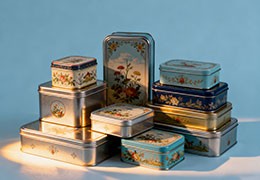
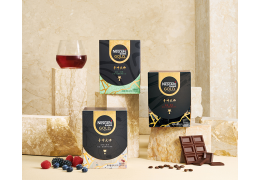
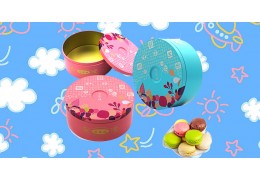
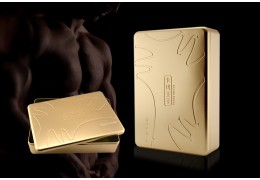

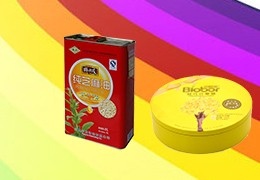
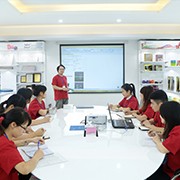
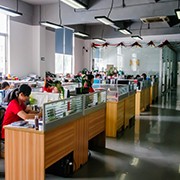


Latest comments